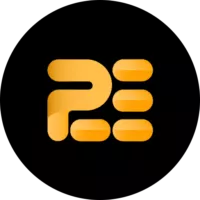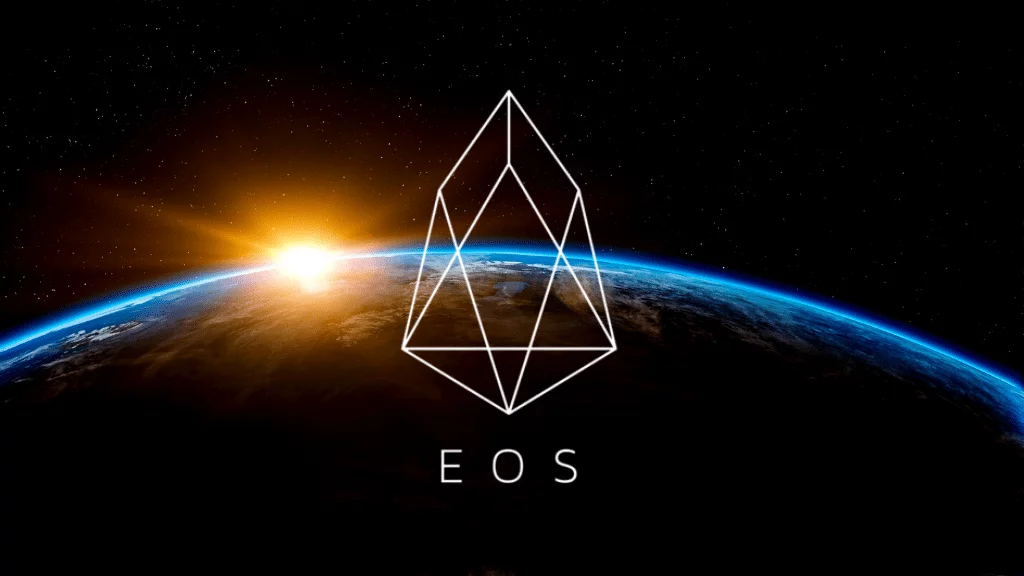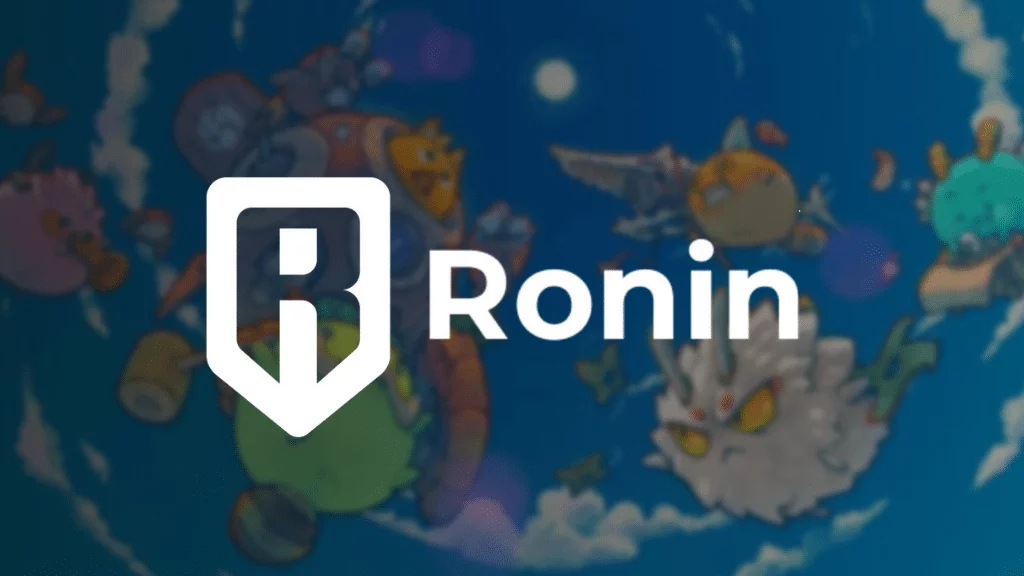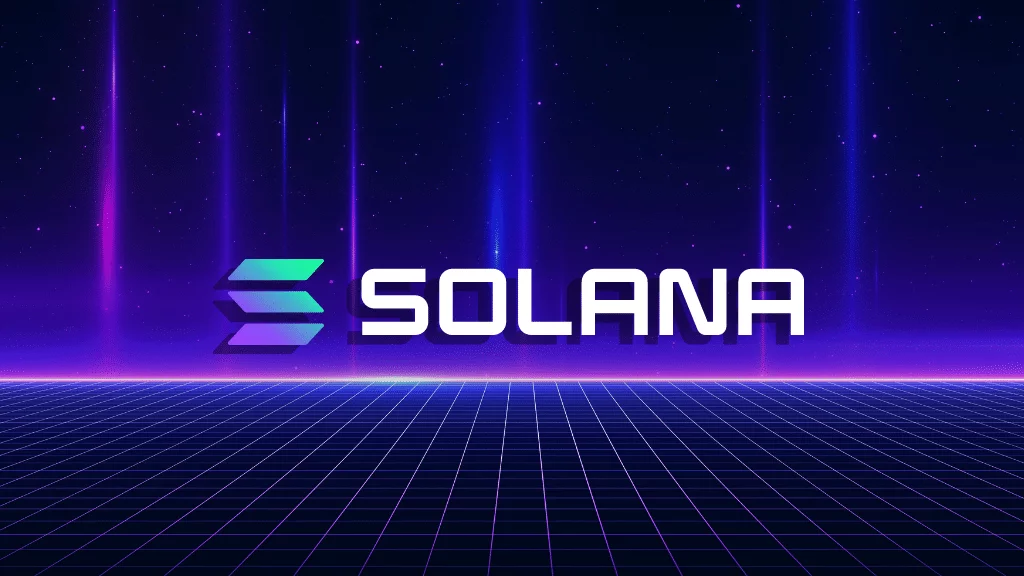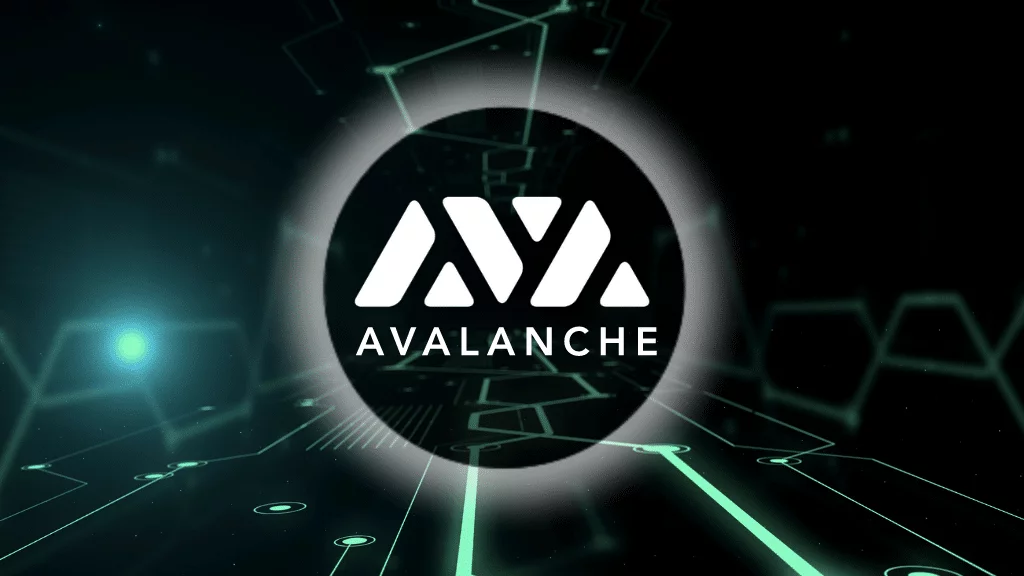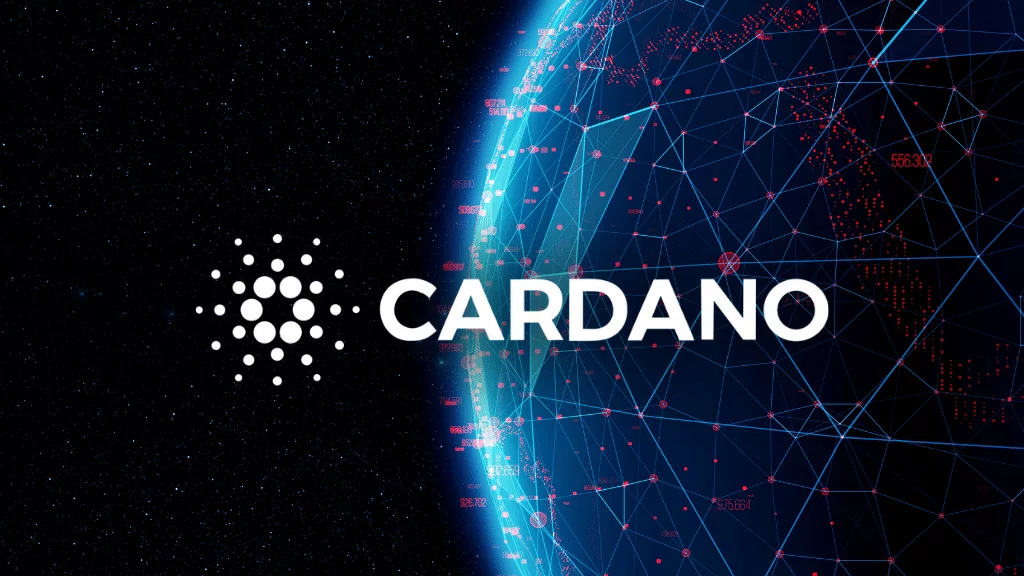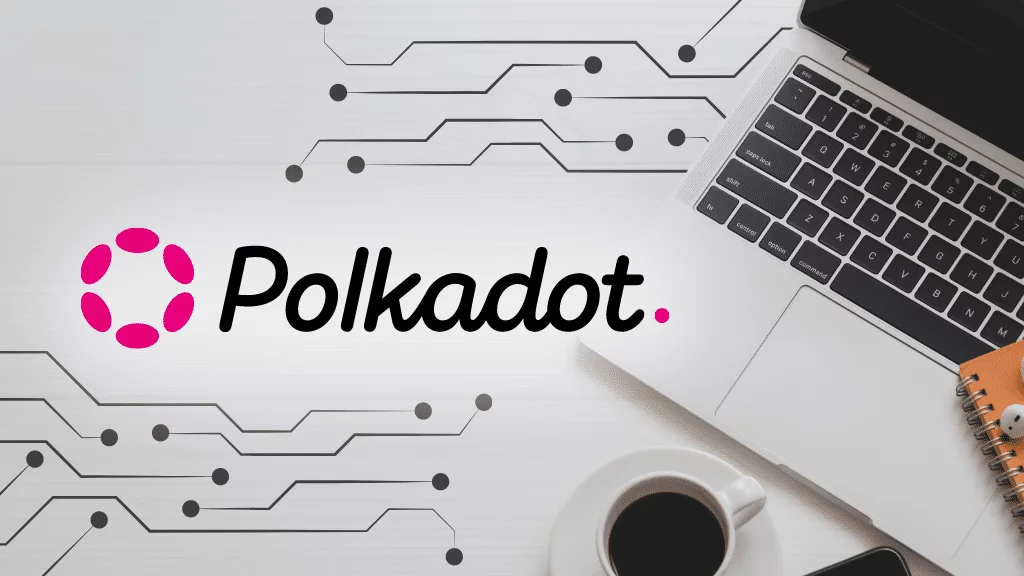The Best Blockchain Game Platforms
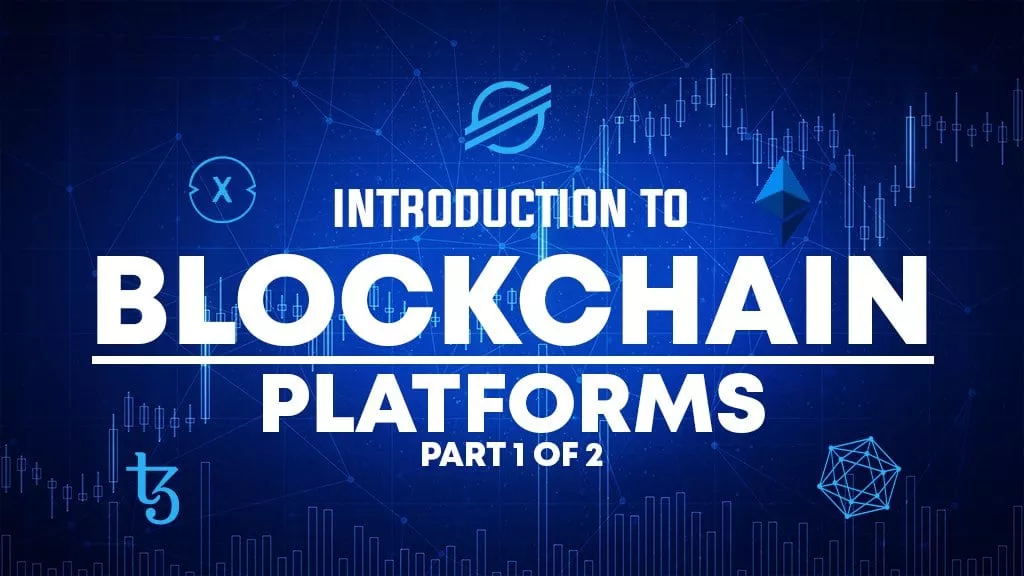
Knowing and navigating through the blockchain game platforms and technologies surrounding P2E and NFT games can be confusing at first. And you have to be cautious! There’s a lot of unreliable information out there – especially on social media.
Let’s be frank here: there’s a lot of shilling and aggressive marketing out there right now – and it is certainly hard to find resources online that tell you nothing but the facts. A quick survey of P2E and NFT gaming-related social channels would reveal this unfortunate fact. While there are indeed people and groups who would like to provide reliable information to the general public (and try to do content that is marketing objective), they are few in number (and are sometimes being stopped by the moderators of these groups and pages)!
In this series, we will tackle different questions related to the P2E and NFT gaming space as a whole. We here at P2E News have already done some guides and informative articles before this series, so if you are a regular reader, you should be familiar with the topics we are tackling here!
Without further ado, here’s a guide on one of the most pressing questions of our readers out there: what is the difference between Polygon, Ronin, and the rest of the platforms out there that our favorite games use?
Blockchain Games Platforms
EOS: The Old One
Most of us who have joined during the Axie boom might be unfamiliar with EOS, but for those who are old enough to remember, it’s something that brings back fond memories (as well as mental images of intense game grinding).
Here’s what EOS is from the technical point of view, straight from the official website: “EOSIO is a leading open-source platform for blockchain innovation and performance. Businesses and developers around the world use EOSIO to create secure, transparent, and deterministic digital infrastructures.”
EOS is built on C++, is an open-source platform with low latency, and allows for upgradeable smart contracts on public and private blockchains. Many of the games that appeared before the Axie-era were actually based on EOS…and they are still going strong up to this very day!
The most famous examples of games operated through the EOS blockchain are Upland, Prospectors, and Crypto Dynasty.
Ronin: The One We All Know and Love
Ronin is a sidechain based on Ethereum. It also happens to be the name of the wallet that serves as the players’ one-stop pass to everything Axie-related. While it is currently in the headlines for introducing the $RON token, Ronin is actually an ongoing project that represents the desire of SkyMavis “to take the destiny of their product into their own hands.” Needless to say, Ronin represents some of the most cutting-edge technologies that are available right now… and it seems that the developers behind this platform are going to release more features in the coming months and years.
Ronin includes the following features:
- Rapid transactions
- Reduced gas fees
- A customized wallet solution
- A block explorer that allows for more transparency
- An independent set of validators
- A set amount of free transactions per day
Obviously, Axie Infinity and anything that SkyMavis may decide to create later down the road will use Ronin.
Polygon: Sounds MATIC!
Polygon is a blockchain protocol that scales, builds, and connects Ethereum-compatible blockchain networks. It’s optimized to ensure maximum compatibility, security, and sovereignty. And it provides an ideal user and developer experience.
Since Polygon is rather ubiquitous, this is one of those systems that you would pretty much know from the outset – especially if you use MATIC for your transactions!
Some of the games that use Polygon include Crazy Defense Heroes, Pegaxy, and Arc8 by GAMEE.
Oracle: A Mixed Bag
Yes, the notorious system responsible for multiple failed projects. Or is it?
There’s a lot of confusion regarding “Oracle” out there, because it actually refers to two things: Oracle as in the blockchain cloud solution company and “oracle” as defined by ChainLink and other blockchain providers in general.
To put it simply, an oracle is an external service that provides smart contacts with outside information, automatically initiating a set of processes within that particular smart contract. They are generally useful in leveraging off-chain resources, which means that they are theoretically efficient, scalable, and adaptable in their use.
As a result, there are no games that are “Oracle-based” (which means that projects that claim to be from “Oracle” should be met with a huge grain of salt). Instead, check if the oracle they utilize for their game/project/metaverse comes from a trusted provider.
A project that could be considered as a major example of this genre is Polychain Monsters.
Solana: Powerful and Scalable Solutions
Solana is a blockchain platform that enables high-performance and permissionless transactions on its ecosystem. Needless to say, this meant that it was easy to make decentralized apps (dApps) on this platform – and it was easy to do actions on Solana. Over 2,800 Solana has been adapted for many uses, notably for online marketplaces, DeFi, and NFTs. Of course, it should be noted that there are high-profile gaming projects that use Solana.
Some of the notable projects that utilize Solana include Genopets, Star Atlas, and Aurory; however, more and more projects are using the platform as the year 2022 starts!
Avalanche: The Green One
Avalanche is an open, programmable smart contracts platform for decentralized applications. It claims to be a CPU-optimal platform that provides a high level of security and reliability for the apps that work under its ecosystem; it is said that Ethereum developers can quickly build on Avalanche due to its total integration with Solidity. Most importantly, Avalanche is positioning itself as a green solution that operates on a “proof-of-stake” paradigm and provides instantaneous transaction speeds and easy scaling, especially for finance-related apps.
Games that are part of the Avalanche ecosystem include Yield Hunt, Crabada, and TaleCraft – and given its current level of adoption in other fields, we should expect more P2E and NFT games to use Avalanche in the coming months and years.
Cardano: A Research-Based Blockchain
Cardano is a proof-of-stake blockchain platform. To have an idea of what Cardano is, here’s a summary of their technology as stated on the official website:
“Cardano is a blockchain platform built on the groundbreaking Ouroboros proof-of-stake consensus protocol, and developed using the Haskell programming language: a functional programming language that enables Cardano to pursue evidence-based development, for unparalleled security and stability.”
The blockchain platform operates on five principles:
- A proof-of-stake protocol,
- Evidence-based research and development,
- Secure transactions,
- Open and incentivized participation, and;
- Ascalable and sustainable ecosystem.
Projects on Cardano inclure Dracards, Cornucopia, and Drunken Dragon Games. It should also be noted that there are other applications that help improve gamers’ experiences that operate on this ecosystem.
Polkadot: Building a New Generation of Web 3 Apps
According to the official litepaper, Polkadot is:
“a next-generation blockchain protocol that unites an entire network of purpose-built blockchains, allowing them to operate seamlessly together at scale.”
Built by the Switzerland-based Web3 Foundation, it aims to introduce heterogeneous sharding, scalability, upgradeability, transparent governance and cross-chain composability in order to ensure a more seamless decentralized experience that is truly secured from external actors, including governments, corporations, and the like.
One can find games such as Polka City, Polychain Monsters, and Polychain Monsters on the Polkadot ecosystem.
Quick Remarks
All of these blockchain systems and platforms work within different methods and contexts. Though the goal for all is to provide a seamless experience for the projects that utilize them. It should be noted that there’s a varying number of reasons why certain games prefer specific blockchain systems over others. Some projects wanted an in-house solution to the challenges (and prospective contingencies) they faced, while others wanted more flexibility and automation in their smart contracts.
With that being said, we will discuss Solana, Avalanche, Cardano, and Polkadot in the following piece, so stay tuned!
__________



